New
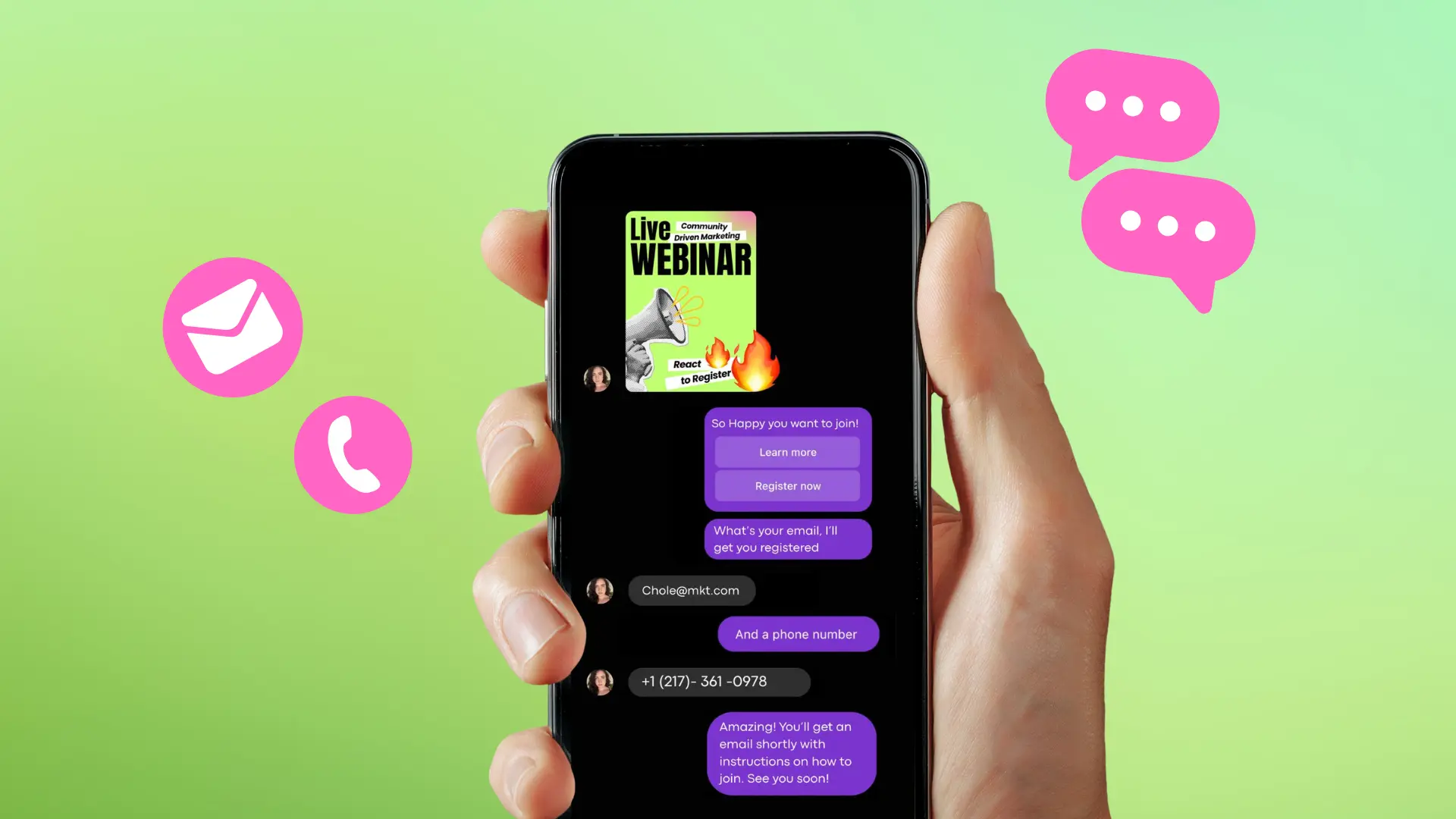
Turn Your DMs Into Lead Gen!
Learn how to collect lead data from your DMs such as email addresses, phone numbers, and more right from your social inbox. If you are not yet automating your DMs your competitors are outpacing you.

How Something Social Saved 75% of Their Time and Increased Revenue by 15%
See how a fast-growing agency improved operations, cut down hours of manual work, and unlocked new revenue opportunities with Vista Social.
New
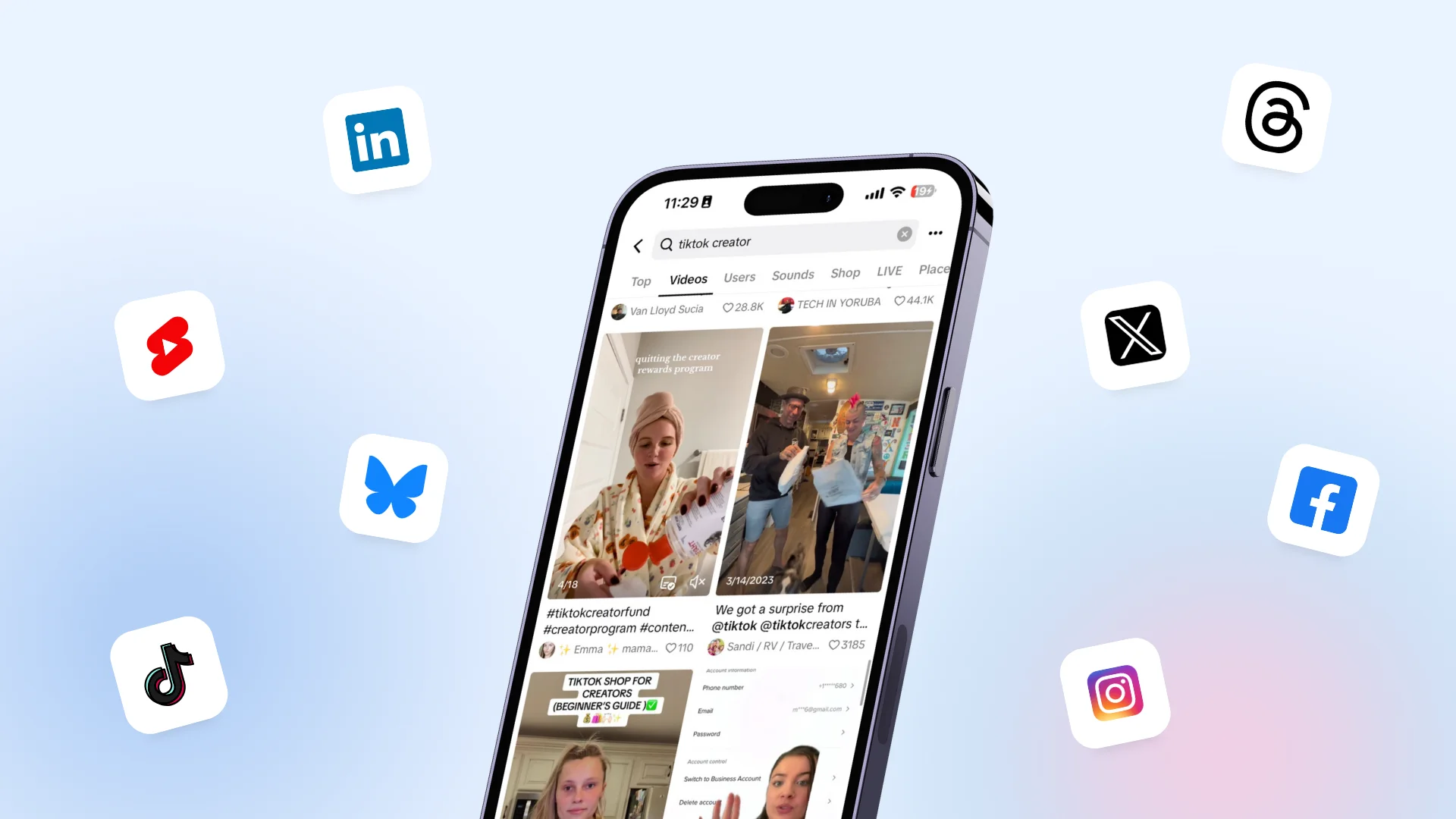
50 Unique Social Media Ideas for Consistent Content Creation
Discover 50 unique social media post ideas to engage your audience, grow your brand, and maintain a consistent content strategy with ease!
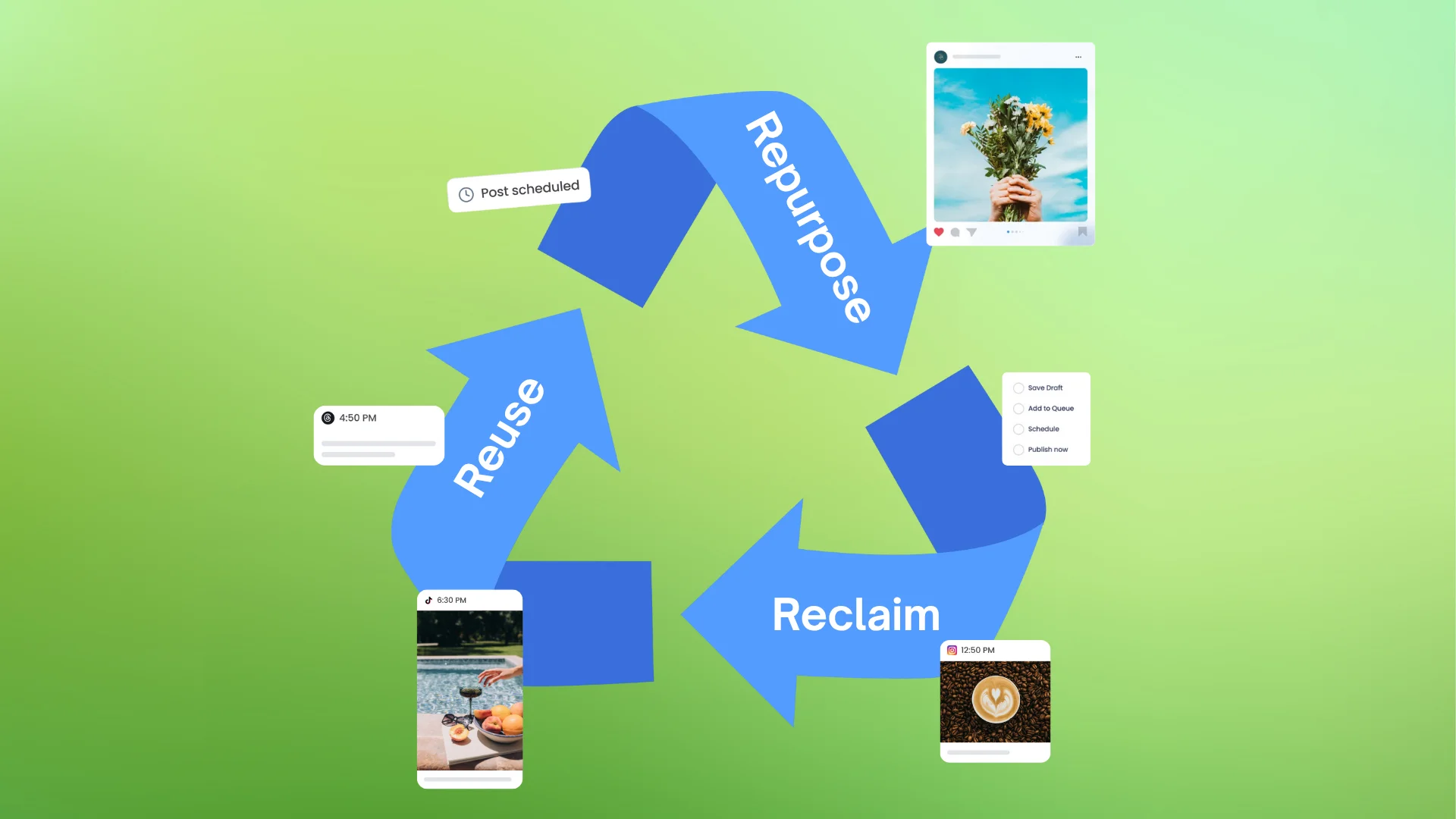
Mastering Content Reuse: The Key to a Consistent and Sustainable Posting Strategy
Published on February 13, 2022
5 min to read
Understanding Your Audience: How You Can Take a Data-Driven Approach to Understand Your Brand Audience?
Summarize with AI
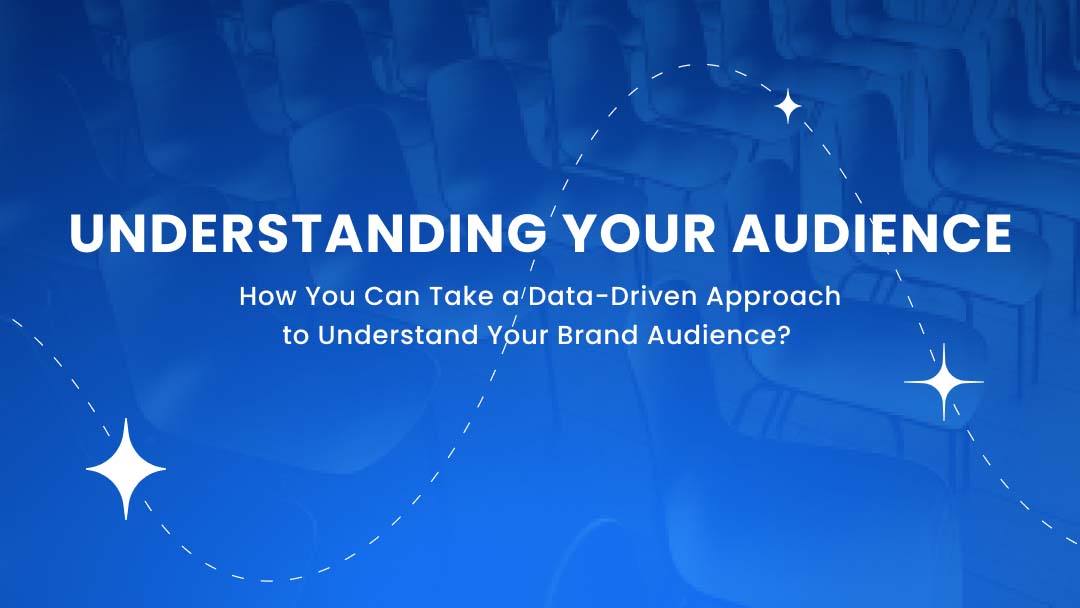

Table of Content

When you’re creating a brand, it’s important to have a firm understanding of your target audience. However, simply relying on intuition or assumptions can often lead to inaccurate results. A data-driven approach can help you to better understand your audience and create messaging that resonates with them.
There are a variety of different ways to gather data about your audience. One of the most effective methods is to use analytics tools to track how people are interacting with your website or social media accounts. This can give you a sense of who your audience is, what they’re interested in, and what kind of content they respond to.
In this article, we’ll cover how you can use analytical tools to understand your audience, uncover data that will help you understand them better, and apply this knowledge to your content strategy.
Table of contents
Audience Analytics Tools
The first step in using analytics tools is identifying which ones are appropriate for your needs—and there are countless platforms available. Here are the most popular options:
Google Analytics
This is a free platform that provides data on website traffic, including information on where your visitors are coming from, what pages they’re visiting, and how long they stay on your site.
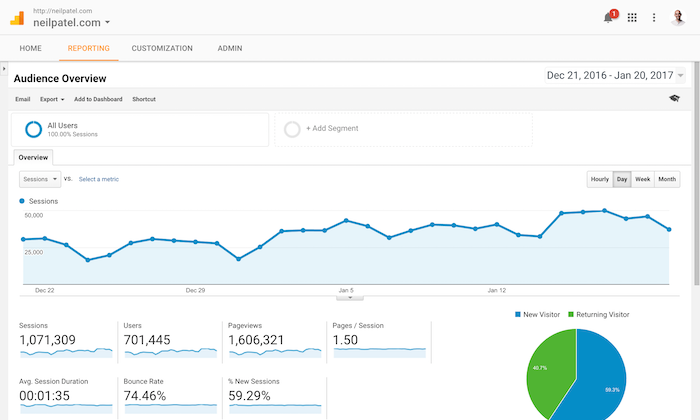
Facebook Insights
This is a free tool that provides data on Facebook page interactions, including likes, comments, and shares. It also provides demographic information on your audiences, such as their city, state, and country.
This is very useful because it lets you track the performance of your page with different audiences. For example, if one type of content isn’t performing well in one country, it might be doing great in another.

Twitter Analytics
This is a free tool that provides data on Twitter activity related to any hashtags or keywords you target. This includes information on impressions, engagements, and reach. This could be a game-changer because it lets you track how well your content is performing over time.
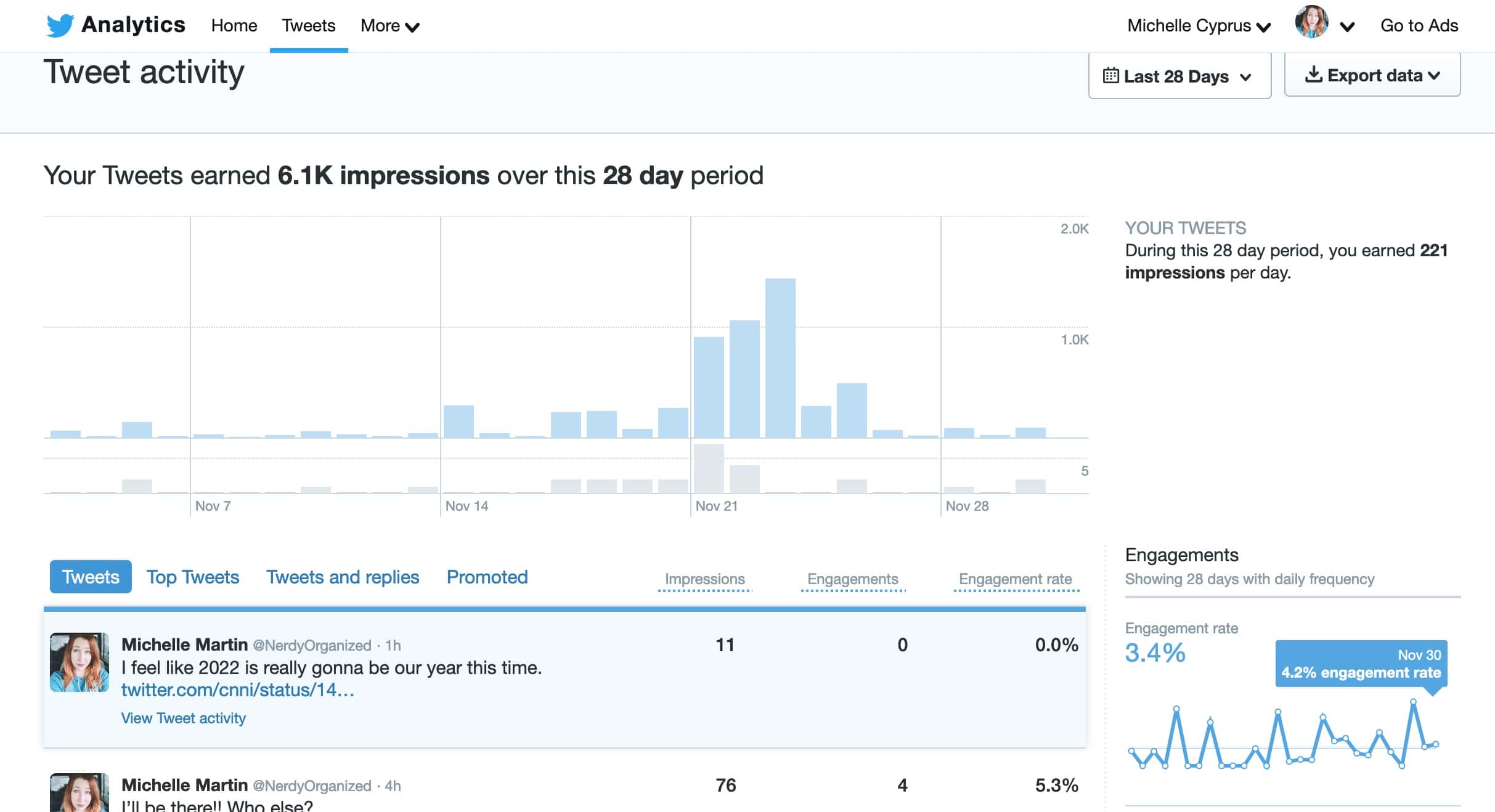
YouTube Analytics
This is a free tool that provides data on YouTube channel views, subscribers, and demographics.
Once you’ve identified the analytics tools that could be useful to you, the next step is to determine what kind of data each platform offers, and how this can help your branding efforts.
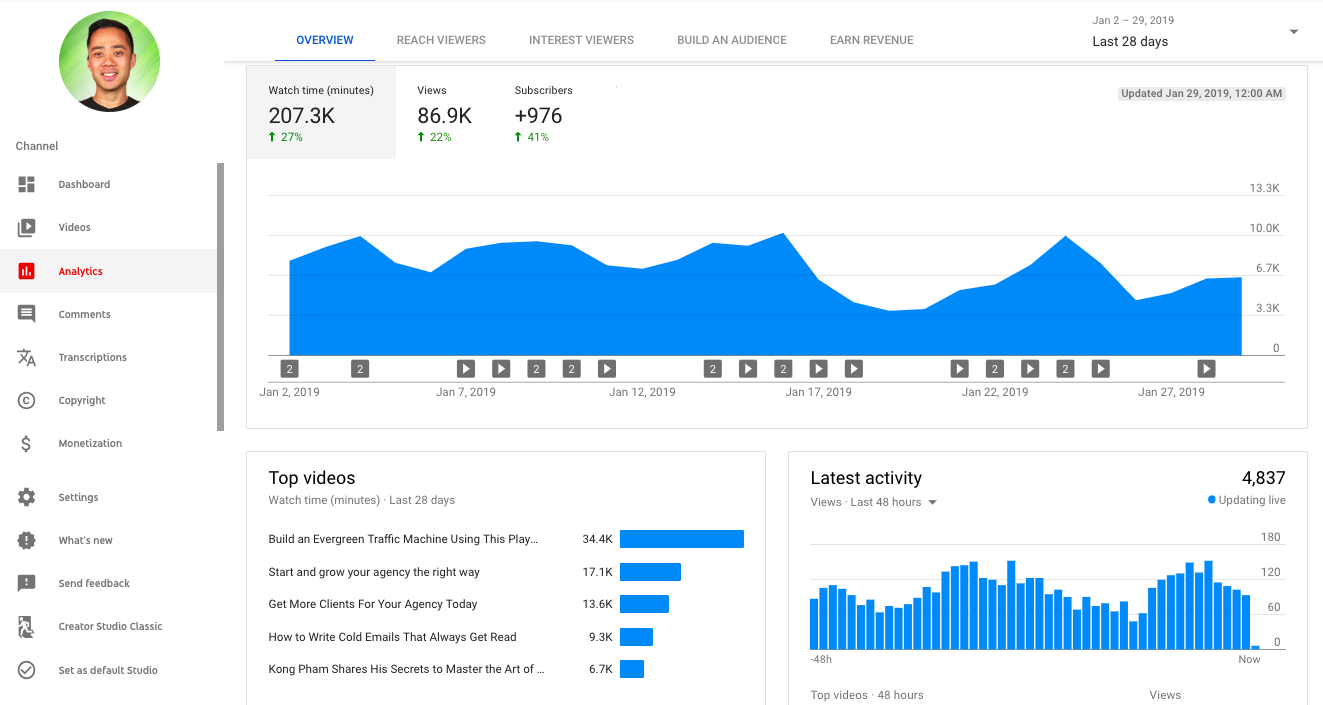
A Better Approach: Social Media Analytics With Vista Social
It’s important to keep in mind that while most analytics tools provide valuable data, they can also be overwhelming and difficult to navigate.
Try Vista Social for Free
A social media management platform that actually helps you grow with easy-to-use content planning, scheduling, engagement and analytics tools.
Get Started NowIf you’re looking for a more streamlined way to gather information on your audience, you might want to consider Vista Social social media management platform that provides (among many other features) provides advanced tracking of social media engagement related to any Instagram, Twitter, Facebook, YouTube, Pinterest, Reddit, LinkedIn and Google Business profiles.
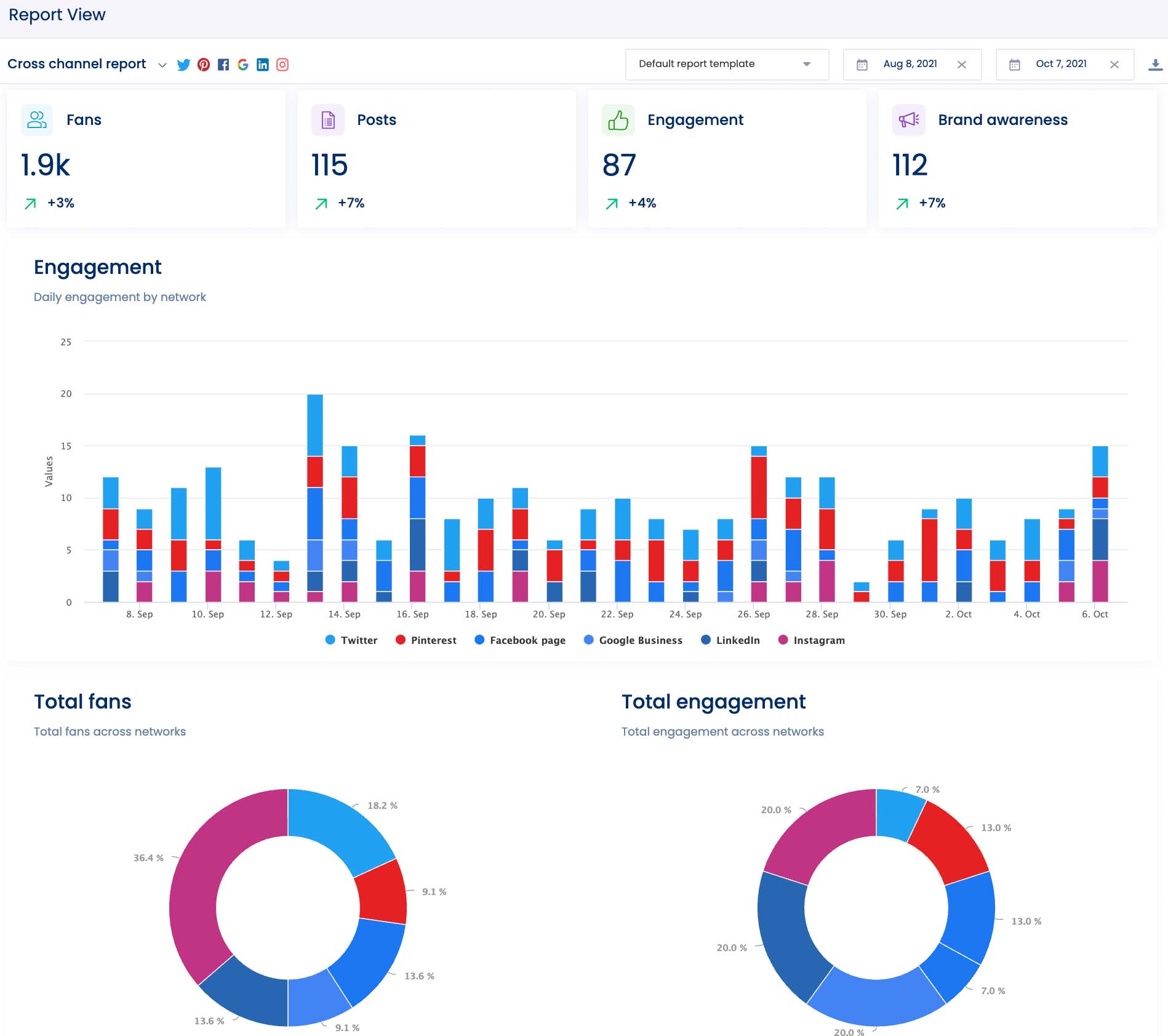
It’s also important to note that Vista Social offers the ability to track any keyword or hashtag across all three social media platforms. This means you can get a comprehensive view of how your target audience is interacting with your brand on social media.
For example, if you’re a marketing manager for a high-end fashion retailer, you might want to track keywords related to your brand specifically or fashion in general. You can set up Vista Social to do this automatically.
You could then use the data that’s generated to inform your social media strategy—for example, by making adjustments based on performance trends.
Audience Definition
How do you define your audience? This may seem like a simple question, but one that needs to be thought through before moving forward. While defining the actual meaning of “audience” might not be as straightforward as it seems, there are some great resources out there to help you determine who your target audience is and how to reach them.
One way to think about it is to consider your company’s mission and vision. Who are you trying to serve? What needs do you hope to fill for your customers? Once you have a general idea of who you’re trying to serve, you can start thinking about how to reach them.
Another key part of audience definition is understanding your target market. This isn’t just about demographics like age, gender, and location, but also about psychographics – things like interests, values, and lifestyles. Once you have a good understanding of your target market, you can start creating content and messaging that resonates with them.
But how do you go about gathering this information? Asking your existing customers is a great way to start. Understanding what they love about your brand and why they chose you can help you identify other people that have similar interests and values.
Understanding Data-Driven Approach to Brand Building
Once you have a good understanding of your target audience, it’s important to take a data-driven approach to the market. This means using analytics to track how well your campaigns and content are resonating with your target market.
This can be done in a variety of ways, but some common metrics include:
- Bounce Rate – This is the percentage of people who left your site after viewing only one page.
- Conversion Rate – This is the percentage of people who took the desired action, like filling out a form or making a purchase.
- Page Views – This is the number of times a page was viewed, regardless of how long someone stayed on that page.
- Traffic Sources – This shows you which channels are sending the most traffic to your site.
- Geographical Data – This is available from some analytics tools, and it can help you determine where a lot of your website traffic is coming from.
These statistics can be helpful in determining how to improve your content and what topics you should cover moving forward. At a high level, the goal is to create useful and engaging content for your readers. But it’s important not to get too caught up in the data that you lose sight of your audience. It’s easy to get lost in what seems like relevant metrics, but they can sometimes be misleading and tell an incomplete story.
With all this talk about analytics, it may seem like creating content is just a numbers game at some level, but ultimately you should do what feels right for your brand. Sometimes a post will do better than expected, other times it may seem like you’re not getting the results you were hoping for. You have to keep tweaking and testing until you land on what works best for you and your audience.
In the end, data may be a powerful tool, but it’s just one part of the equation when it comes to understanding your audience. It’s important to always be thinking about who you’re trying to reach and what will resonate with them. And if you ever get stuck, don’t be afraid to ask for help! There are lots of great resources out there to help you figure out your target market and how to reach them.
Final Thoughts
Finally, it’s important to remember that your audience is constantly evolving. Things like age, location, income level, and interests change over time. Look at what types of content are performing well for you and adjust accordingly. The most important thing is to not get caught up in the noise.
You’ve got great data – now use it to create content that will resonate with your audience! With free-to-use tools like Vista Social, you can easily create a social network for your business, develop a community of fans & followers, and engage with them in a space specifically designed to meet their needs.
About the Author
Content Writer
Read with AI
Save time reading this article using your favorite AI tool
Summarize with AI
Never Miss a Trend
Our newsletter is packed with the hottest posts and latest news in social media.
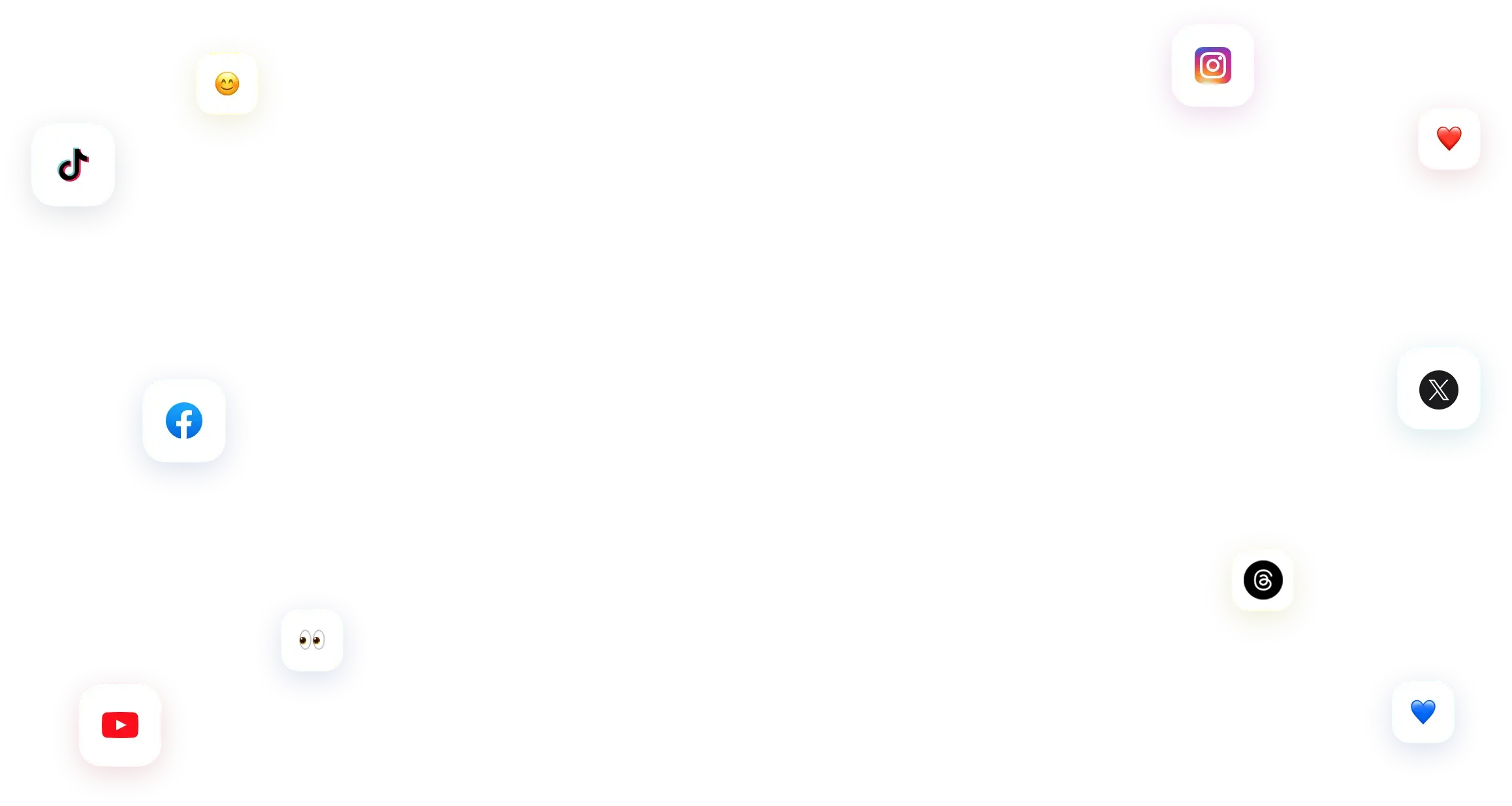
You have many things to do.
Let us help you with social media.
Use our free plan to build momentum for your social media presence.
Or skip ahead and try our paid plan to scale your social media efforts.
P.S. It will be a piece of cake 🍰 with Vista Social
Subscribe to our Newsletter!
To stay updated on the latest and greatest Social Media news. We promise not to spam you!


